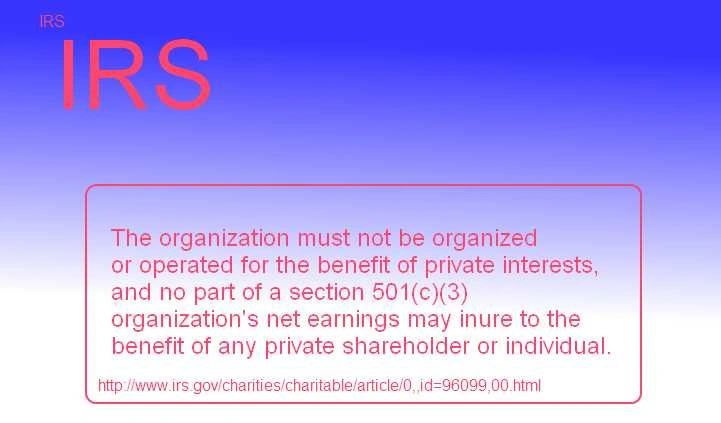
Non Profit Transparency
Non Profit Transparency 070410

I recently had a debate with a friend about non-profits and public accessibility to the board.
The debate began because High Sierra Rural Alliance has been, in the recent past, practically impenetrable. I made the remark that a non-profit has the traditional and ethical responsibility to make the board available to the public at regular, publicized intervals, such as before every meeting.
My friend responded, logically enough, that the non-profit is a corporation and not a government agency. If they got public funds, perhaps they would have to have public input at their meetings.
I responded that a TAX BREAK is the same as public funds. Most non-profits receive their status because they are not primarily in business to do business, they are in business to serve some public good, even if it’s only to publish a newsletter for people who salvage golf balls. The tax exempt status means they should be open to comment from the people they purport to serve.
I’ve been on numerous different boards and committees for non-profit groups and every single one had at least a public input opportunity at the start of each meeting, and the meetings were at regular times, when the public could attend.
Let me say straight up, the public almost never came. At most, contractors would come hoping to learn what RFPs we might be ready to issue.
But, that doesn’t matter. A non-profit worth its salt has public comment periods at all meetings, and a really good one has a citizens’ advisory committee or some such vehicle for the public to participate.
California Corporations Code section 6333 (under Division 2, Part
2 -- Nonprofit Public Benefit Corporations):
"The accounting books and records and minutes of proceedings of
the members and the board and committees of the board shall be
open to inspection upon the written demand on the corporation of
any member at any reasonable time, for a purpose reasonably
related to such person's interests as a member."
Membership in most non-profits can’t be exclusive, except for pertinence (you might, for example, have to be a person with a specific disease, or related to someone with that disease). Many such non-profits function as support groups. Some non-profits have no members but still have a board, and usually they serve a specific population in a specific way (some mental health providers function this way, for example.) They still have input from the people who use their services.
There are reasons such a board can and should exclude the general public but not members, and other instances when the Board should meet in closed or executive session. But, the policies of the non-profit should be open- and responsive- to public comment.
Let’s insist on it!

I recently had a debate with a friend about non-profits and public accessibility to the board.
The debate began because High Sierra Rural Alliance has been, in the recent past, practically impenetrable. I made the remark that a non-profit has the traditional and ethical responsibility to make the board available to the public at regular, publicized intervals, such as before every meeting.
My friend responded, logically enough, that the non-profit is a corporation and not a government agency. If they got public funds, perhaps they would have to have public input at their meetings.
I responded that a TAX BREAK is the same as public funds. Most non-profits receive their status because they are not primarily in business to do business, they are in business to serve some public good, even if it’s only to publish a newsletter for people who salvage golf balls. The tax exempt status means they should be open to comment from the people they purport to serve.
I’ve been on numerous different boards and committees for non-profit groups and every single one had at least a public input opportunity at the start of each meeting, and the meetings were at regular times, when the public could attend.
Let me say straight up, the public almost never came. At most, contractors would come hoping to learn what RFPs we might be ready to issue.
But, that doesn’t matter. A non-profit worth its salt has public comment periods at all meetings, and a really good one has a citizens’ advisory committee or some such vehicle for the public to participate.
California Corporations Code section 6333 (under Division 2, Part
2 -- Nonprofit Public Benefit Corporations):
"The accounting books and records and minutes of proceedings of
the members and the board and committees of the board shall be
open to inspection upon the written demand on the corporation of
any member at any reasonable time, for a purpose reasonably
related to such person's interests as a member."
Membership in most non-profits can’t be exclusive, except for pertinence (you might, for example, have to be a person with a specific disease, or related to someone with that disease). Many such non-profits function as support groups. Some non-profits have no members but still have a board, and usually they serve a specific population in a specific way (some mental health providers function this way, for example.) They still have input from the people who use their services.
There are reasons such a board can and should exclude the general public but not members, and other instances when the Board should meet in closed or executive session. But, the policies of the non-profit should be open- and responsive- to public comment.
Let’s insist on it!
